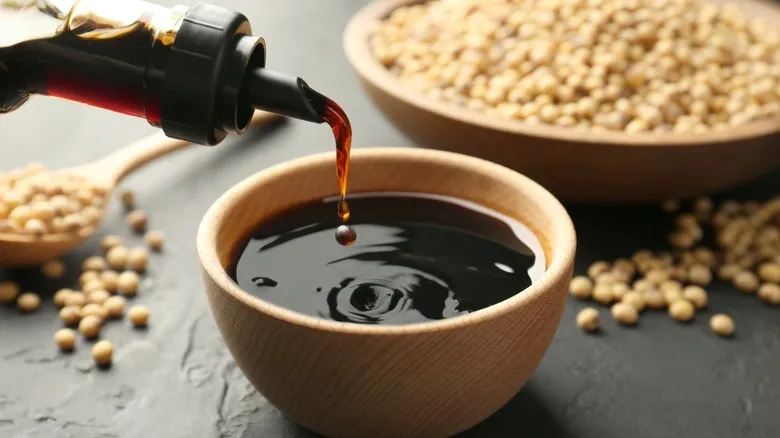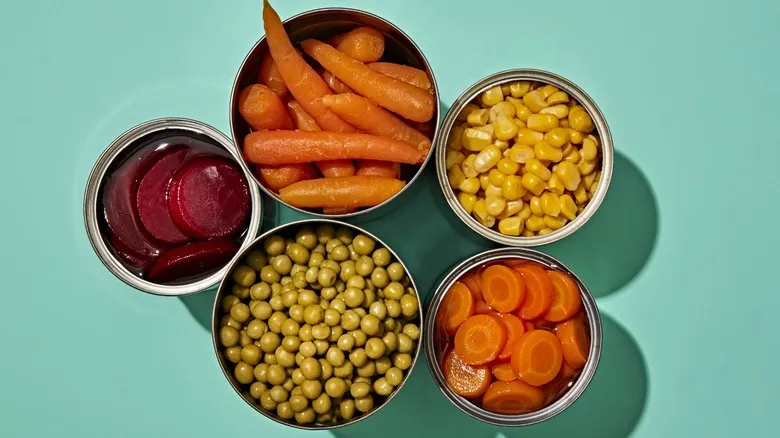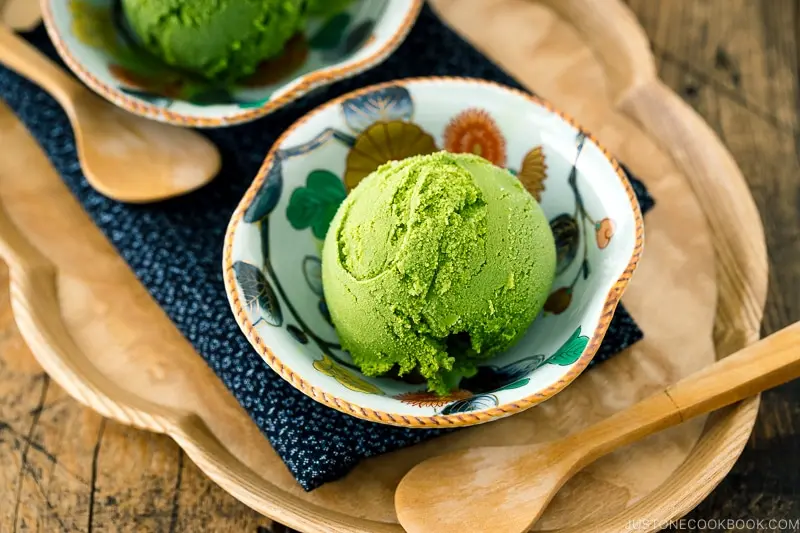When you shouldn't drain

Even if a recipe suggests draining your vegetables, it can be beneficial to set the liquid aside in case you want to enhance certain flavors. For instance, when sautéing mushrooms for a pasta dish, consider adding a spoonful of the mushroom liquid to the sauce for extra depth and harmony. The liquid from chickpeas, known as aquafaba, can serve as a substitute for egg whites in cocktails. There are several situations where it’s wise to keep the liquid.
Tomato-based sauces are an excellent opportunity to utilize the juice from canned tomatoes. When preparing pasta sauce, salsa, or ketchup, don’t discard the tomato liquid — its acidic yet sweet flavor can elevate your dish as it simmers.
While it’s generally advisable to drain canned corn before cooking, creamed corn is an exception. It’s designed to be ready to eat once heated, and its rich liquid is ideal for enhancing dishes like hushpuppies and cornbread. You can also use it to create a Mexican street corn-inspired pudding or various casserole recipes.
If you’re familiar with your flavors, there’s no need to drain the vegetables before blending. The liquid from the can can help you achieve a smoother consistency when making soups or curries.
Why you might want to drain your canned vegetables

Typically, it's best to drain canned vegetables to enjoy them in their most natural state (dry). The salt and preservatives they contain can lead to a high sodium level, resulting in a saltier flavor. Rinsing the vegetables under water after draining can help reduce sodium intake. Rinsing canned beans, in particular, can minimize unwanted saltiness and help you feel less bloated.
Many recipes call for vegetables without specifying if they should be fresh or canned, and in many cases, it doesn't make a difference. However, one common mistake to avoid is neglecting to drain your canned vegetables, as the recipe may not account for the liquid in the can, which could disrupt the balance of your dish.
For instance, if you're preparing crispy rosemary and garlic roasted potatoes using canned ones, failing to drain them will result in soggy potatoes that can't properly interact with the cooking oil or oven heat. Whether you're grilling, frying, or roasting, draining is usually the safest approach.
Recommended

Gordon Ramsay's Secret To The Best Shepherd's Pie Is All In The Meat

How To Make Teriyaki Sauce With Just 2 Ingredients

Shepherd's Vs Cottage Pie: What's The Difference?

The Reason Bobby Flay Always Throws Away Old Spices
Next up





